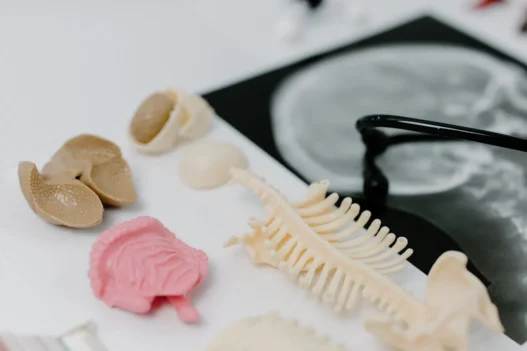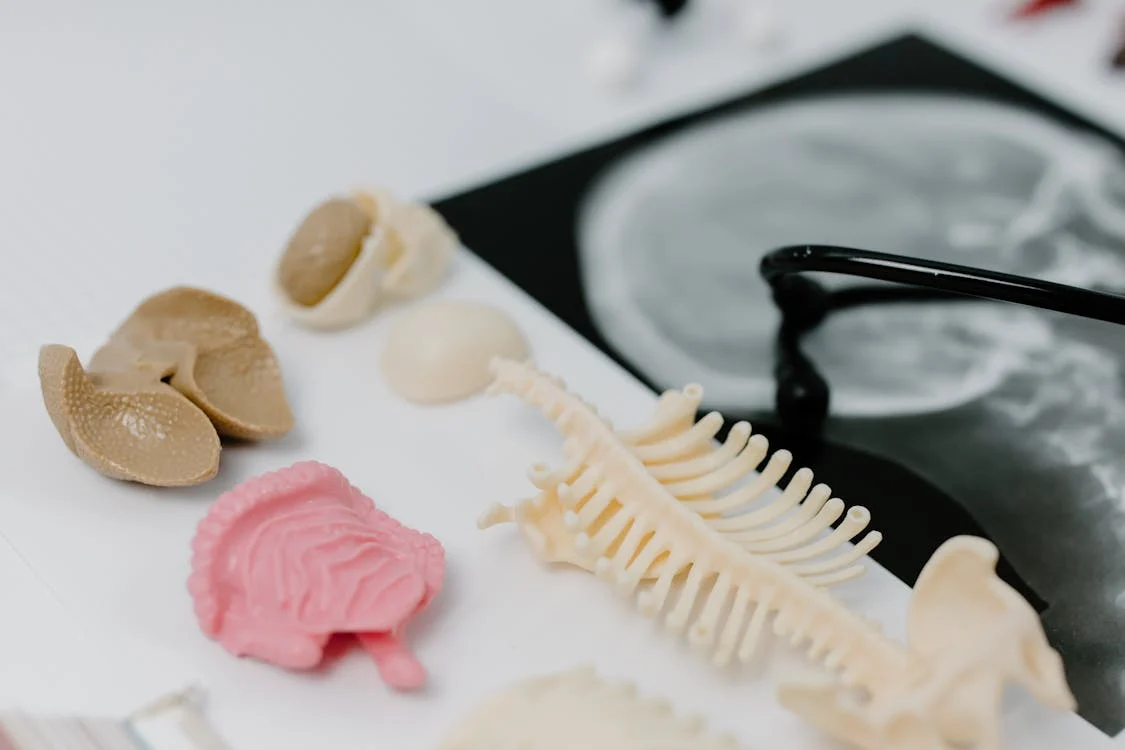0SSP35Z refers to a procedure where the toe phalangeal joint is repositioned using an external fixation device inserted through the skin. This method involves making a small incision to realign the joint and stabilize it with the device.
Table of Contents:
- 🔎 Clinical Indication
- 📋 Preparation
- 📖 Methodology
- 🩹 Recovery
- 🚨 Complexity & Risk
- 🔀 Similar Procedures
🔎 Clinical Indication
Repositioning the right toe phalangeal joint with an external fixation device through a percutaneous approach may be necessary for patients suffering from severe toe injuries or deformities. This procedure allows for precise realignment of the toe bones in order to restore normal function and alignment.
By using an external fixation device, surgeons can apply controlled pressure to the toe joint, ensuring that it heals in the correct position. This can help prevent long-term complications such as chronic pain, stiffness, or abnormal gait patterns.
Overall, repositioning the right toe phalangeal joint with an external fixation device is a valuable tool in the treatment of complex toe injuries or deformities, offering patients the opportunity for improved function and comfort in the affected toe.
📋 Preparation
Before undergoing OSSP35Z, your doctor will likely recommend a series of preoperative preparations. This may include stopping certain medications, fasting for a certain period of time, and undergoing preoperative testing such as blood work or imaging studies. It’s important to follow your doctor’s instructions closely to ensure a successful procedure.
📖 Methodology
During a 0SSP35Z procedure, the surgeon repositions the right toe phalangeal joint using an external fixation device. This device is placed percutaneously, meaning it is done through the skin with minimal incisions.
The external fixation device helps to stabilize the joint and promote proper alignment for healing. This procedure is typically done to correct deformities or injuries in the toe joint, helping to restore function and reduce pain.
🩹 Recovery
After undergoing the repositioning of the right toe phalangeal joint with an external fixation device through a percutaneous approach, the patient will typically require a period of rest and immobilization to allow for proper healing. This may involve wearing a special shoe or boot to protect the affected joint.
Physical therapy is often recommended to help the patient regain strength and range of motion in the affected toe. This may include gentle exercises and stretches to promote flexibility and prevent stiffness.
Regular follow-up appointments with the healthcare provider will be necessary to monitor the progress of the recovery process and ensure that the toe is healing properly. In some cases, the external fixation device may need to be adjusted or removed by a medical professional.
🚨 Complexity & Risk
Performing 0SSP35Z involves the repositioning of the right toe phalangeal joint using an external fixation device in a minimally invasive manner. This procedure requires precision and skill due to the intricate nature of the anatomy of the toe and the use of specialized tools.
Patients undergoing this procedure may be at risk of complications such as infection, nerve damage, or improper healing of the joint. It is important for healthcare providers to carefully assess the patient’s condition and monitor them closely during and after the procedure to minimize these risks.
🔀 Similar Procedures
Another medical procedure similar to repositioning a right toe phalangeal joint with an external fixation device is the reduction of a dislocated shoulder using a closed reduction technique. In both procedures, the goal is to realign the joint and stabilize it to promote proper healing. The closed reduction technique involves manipulating the joint back into place without the need for surgery, much like the percutaneous approach used in repositioning the right toe phalangeal joint.
In these procedures, a medical professional will carefully manipulate the joint to realign it and then use external devices such as splints or braces to keep the joint stabilized during the healing process. This helps to prevent further injury or damage to the joint. Both procedures aim to restore functionality and reduce pain for the patient, ultimately improving their quality of life.

